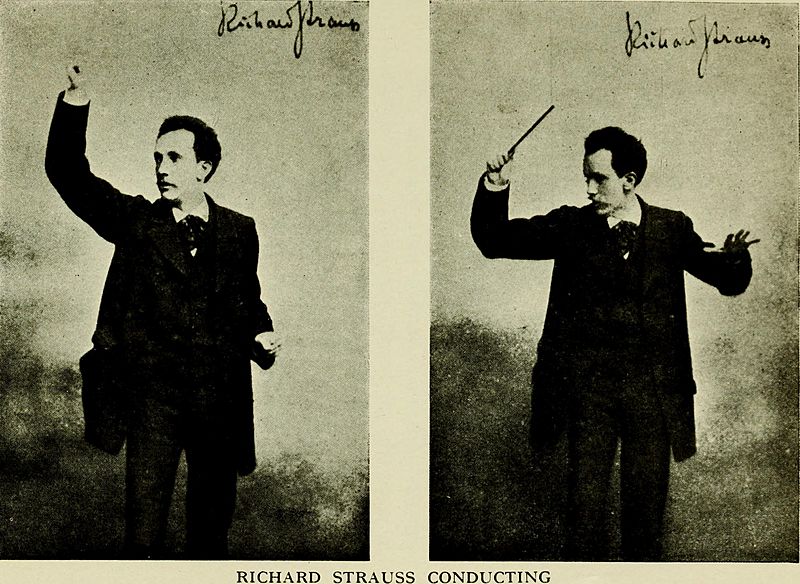Image: The orchestra and its instruments (1917) (14780185164)

Description: Identifier: orchestraitsinst00sing (find matches) Title: The orchestra and its instruments Year: 1917 (1910s) Authors: Singleton, Esther, d. 1930 Subjects: Orchestra Musical instruments Publisher: New York : The Symphony society of New York Contributing Library: Harold B. Lee Library Digitizing Sponsor: Brigham Young University View Book Page: Book Viewer About This Book: Catalog Entry View All Images: All Images From Book Click here to view book online to see this illustration in context in a browseable online version of this book. Text Appearing Before Image: undoubtedly a very great Conductor; andthere does not seem to have been any one after himwho stood for such perfect performances as his untilWagner pointed out the path for Conductors to follow. Wagners criticisms in his Art of Conducting showthat the Orchestras of Europe — even the famousones — gave interpretations of the Classic composerthat we, Americans, would not tolerate; for it is noexaggeration to say that the Orchestras of our countryhave for many years been the most brilliant, the mostfinished, and the most poetic in the world. This con-dition we owe to the guiding minds and high artisticaims of the versatile and intellectual Conductors whohave developed our Symphony Orchestras, and tothe fact that no national prejudice prevents themfrom taking the best players from any country; thewoodwind from France and Belgium; the strings fromAustria; the brass from Germany; together with anever-increasing number of young Americans who showadaptability in all the orchestral groups. Text Appearing After Image: jLL CHAPTER X THE HARP Berlioz on the harp; construction oj the harp; the harp an ancient instru-ment; the Egyptian harp; Greek and Roman harps; the Irish harp; quotationfrom Giraldus; the Welsh harp; the Scotch harp; quotation jrom Galilei; theMediaeval harp; improvements in the harp; Sebastian Erard; use of the harpin the Orchestra. ;; ^HE harp, writes Berlioz, is essentiallyanti-chromatic, that is to say successionby half-tones are almost out of the questionfor it. Its compass was formerly but five octavesand a sixth. All harps were tuned in the scale ofE-flat. The skilful manufacturer, Erard, seeking toremedy the inconvenience of this system, inventedthe mechanism which obviated these difficulties andproposed tuning the harp in C-flat, which has beenadapted by all harp-players of the present day. To instruments so constructed was given thename of double-action harps. This is of what it con-sists and wherefore it allows the harp — if not to playchromatic successions — at least Note About Images Please note that these images are extracted from scanned page images that may have been digitally enhanced for readability - coloration and appearance of these illustrations may not perfectly resemble the original work.
Title: The orchestra and its instruments (1917) (14780185164)
Credit: https://www.flickr.com/photos/internetarchivebookimages/14780185164/ Source book page: https://archive.org/stream/orchestraitsinst00sing/orchestraitsinst00sing#page/n432/mode/1up
Author: Singleton, Esther, d. 1930
Permission: At the time of upload, the image license was automatically confirmed using the Flickr API. For more information see Flickr API detail.
Usage Terms: No known copyright restrictions
License: No restrictions
License Link: https://www.flickr.com/commons/usage/
Attribution Required?: No
Image usage
There are no pages that link to this image.

